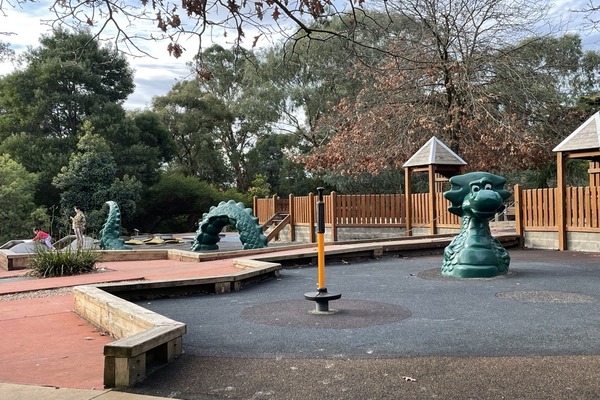AstraZeneca will present new data underscoring the breadth of the Company’s early oncology portfolio at the American Association for Cancer Research (AACR) Annual Meeting in New Orleans, 8 to 13 April 2022.
Data from 60 presentations, including 5 oral and 3 mini-oral presentations, will feature the Company’s next wave of potential cancer medicines spanning its immuno-oncology (IO), DNA Damage Response (DDR) and Antibody Drug Conjugate (ADC) scientific platforms. This includes key data shared from three potential new medicines that illustrate the Company’s innovative approach to designing molecules that address key challenges in treating cancer, including the ability to target different, complementary mechanisms.
Susan Galbraith, Executive Vice President, Oncology R&D, AstraZeneca, said: “We are serious about leading a revolution in oncology, which is why we continue to pioneer new ways to target cancer earlier and with greater precision, for the benefit of patients. Our data at AACR from next-wave Immuno-Oncology medicines, PARP inhibitors and antibody drug conjugates demonstrate the potential of our diverse portfolio and reflect our vision to target cancer from every angle.”
Introducing the next wave of IO therapies
The first clinical results will be shared for MEDI5752, a novel bispecific antibody, that simultaneously targets the immune checkpoint proteins PD-1 and CTLA-4, in solid tumours. Bispecific antibodies are a promising IO approach that combines the potential benefits of two medicines in one. MEDI5752 was engineered to achieve combined blockade of CTLA-4 and PD-1, to improve the therapeutic index when compared to targeting these proteins using two separate medicines.
A presentation from the NeoCOAST randomised Phase II trial in resectable, early-stage non-small cell lung cancer will highlight improved disease responses with novel Imfinzi (durvalumab) combinations including with oleclumab, an anti-CD73 monoclonal antibody, and with monalizumab1, an anti-NKG2A checkpoint inhibitor, when compared to Imfinzi alone.
Additionally, four presentations will describe novel molecules targeting interleukin-12 (IL-12) and leukaemia inhibitor factor (LIF) and illustrate the potential of targeting non-redundant mechanisms to modulate the immune tumour microenvironment.
Building the next generation of PARP inhibitors
The first data will be presented from the PETRA Phase I clinical trial investigating AZD5305, a next-generation PARP1-selective inhibitor, in patients with tumours harbouring specific homologous recombination repair gene mutations. AZD5305 is designed to selectively target PARP1, killing cancer cells by targeting tumour cell DNA damage repair mechanisms. This approach could allow PARP inhibitors to expand into new settings and offer new opportunities for combinations with DNA damage pathway activating agents such as ADCs. Preclinical data will be presented that support this hypothesis showing the activity of Enhertu (trastuzumab deruxtecan) in combination with DDR agents including PARP1-selective inhibitors.
Additionally, four presentations will describe the discovery of AZD9574, a novel PARP1 selective inhibitor designed to cross the blood brain barrier to enable the targeting of primary and secondary brain malignancies.
Innovative approaches to deliver a next-wave ADC
The first preclinical data will be shared on AZD8205, a novel ADC targeting B7-H4, a protein overexpressed in a range of solid tumours. This molecule is the first ADC to incorporate AstraZeneca’s proprietary linker technology, demonstrating the Company’s progress in establishing in-house ADC expertise and building leadership in this field.







